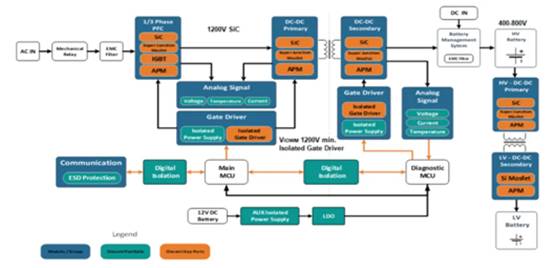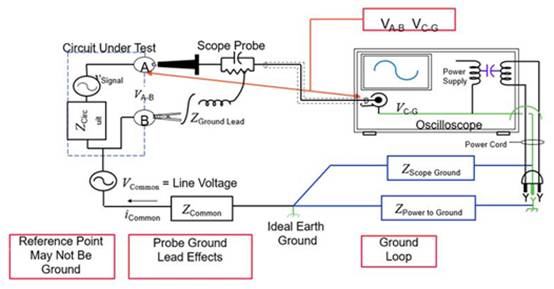VMware虚拟机+Fedora10, 硬件渠道TQ2440, 内核2.6.30.4
对应的驱动程序恍然大悟, 然后自己添加了一些dev_dbg后, 关于不理解的当地也有了必定的参阅提示, 记录下来与我们共享。
测验程序如下:
/*i2c_test.c
* hongtao_liu
*/
#include
#include
#include
#include
#include
#include
#include
#include
#define I2C_RETRIES 0x0701
#define I2C_TIMEOUT 0x0702
#define I2C_RDWR 0x0707
/*********界说struct i2c_rdwr_ioctl_data和struct i2c_msg,要和内核共同*******/
struct i2c_msg
{
unsigned short addr;
unsigned short flags;
#define I2C_M_TEN 0x0010
#define I2C_M_RD 0x0001
unsigned short len;
unsigned char *buf;
};
struct i2c_rdwr_ioctl_data
{
struct i2c_msg *msgs;
int nmsgs;
/* nmsgs这个数量决议了有多少开端信号,关于“单开端时序”,取1*/
};
/***********主程序***********/
int main()
{
int fd,ret;
struct i2c_rdwr_ioctl_data e2prom_data;
fd=open(“/dev/i2c-0”,O_RDWR);
/*
*dev/i2c-0是在注册i2c-dev.c后发生的,代表一个可操作的适配器。假如不运用i2c-dev.c
*的方法,就没有,也不需要这个节点。
*/
if(fd《0)
{
perror(“open error”);
}
e2prom_data.nmsgs=2;
/*
*由于操作时序中,最多是用到2个开端信号(字节读操作中),所以此将
*e2prom_data.nmsgs装备为2
*/
e2prom_data.msgs=(struct i2c_msg*)malloc(e2prom_data.nmsgs*sizeof(struct i2c_msg));
if(!e2prom_data.msgs)
{
perror(“malloc error”);
exit(1);
}
ioctl(fd,I2C_TIMEOUT,1);/*超时时刻*/
ioctl(fd,I2C_RETRIES,2);/*重复次数*/
/***write data to e2prom**/
e2prom_data.nmsgs=1;
(e2prom_data.msgs[0]).len=2; //1个 e2prom 写入方针的地址和1个数据
(e2prom_data.msgs[0]).addr=0x50;//e2prom 设备地址
(e2prom_data.msgs[0]).flags=0; //write
(e2prom_data.msgs[0]).buf=(unsigned char*)malloc(2);
(e2prom_data.msgs[0]).buf[0]=0x10;// e2prom 写入方针的地址
(e2prom_data.msgs[0]).buf[1]=0x58;//the data to write
ret=ioctl(fd,I2C_RDWR,(unsigned long)&e2prom_data);
if(ret《0)
{
perror(“ioctl error1”);
}
sleep(1);
/******read data from e2prom*******/
e2prom_data.nmsgs=2;
(e2prom_data.msgs[0]).len=1; //e2prom 方针数据的地址
(e2prom_data.msgs[0]).addr=0x50; // e2prom 设备地址
(e2prom_data.msgs[0]).flags=0;//write
(e2prom_data.msgs[0]).buf[0]=0x10;//e2prom数据地址
(e2prom_data.msgs[1]).len=1;//读出的数据
(e2prom_data.msgs[1]).addr=0x50;// e2prom 设备地址
(e2prom_data.msgs[1]).flags=I2C_M_RD;//read
(e2prom_data.msgs[1]).buf=(unsigned char*)malloc(1);//寄存返回值的地址。
(e2prom_data.msgs[1]).buf[0]=0;//初始化读缓冲
ret=ioctl(fd,I2C_RDWR,(unsigned long)&e2prom_data);
if(ret《0)
{
perror(“ioctl error2”);
}
printf(“buff[0]=%x\n”,(e2prom_data.msgs[1]).buf[0]);
/***打印读出的值,没错的话,就应该是前面写的0x58了***/
close(fd);
return 0;
}









